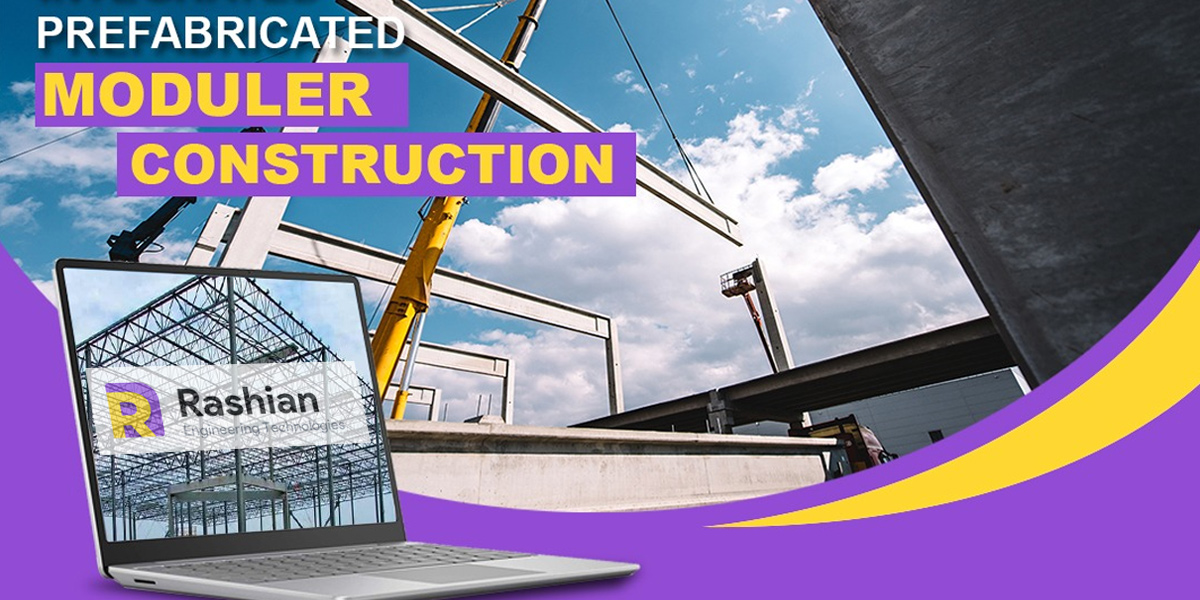Blog

How effective can be the usage of prefabrication process in the construction sites?
Many countries across the globe have embraced the Prefabrication process, which combines good architecture with modern high-performance components and quality-controlled manufacturing procedures. It is the method of constructing buildings; in which certain parts have already been made, assembled, and are ready to be installed on-site. This technique is now being used by a lot of construction sites in India as well. Only a few building contractors employ this technique on the worksite, even though it is an innovative method that can produce well-driven outcomes. This is because many people are unfamiliar with this approach and its techniques. Let’s take a closer look at it in the following passage.
What is prefabrication and how it is used?
Prefabrication is a building method that entails assembling structural parts in a manufacturing or assembly facility and bringing full or incomplete assemblies to the location where the structure will be installed. This is in contrast to traditional building methods, in which each part is constructed onsite, where only the raw materials are shipped. Prefabrication includes everything from the production of walls, staircases, rooftops, and trusses to the production of entire housing units. This is the key reason that this technique of pre-fabrication is gaining popularity since most of the items are prefabricated in the warehouse, reducing the amount of work required on the job site. What are the benefits that any construction site can avail through the method of Prefabrications! Let’s put a highlight of some of the factors in the below passage.
It takes less time—
When compared to traditional construction methods, prefabricated construction with the pre-fabrication technique is said to take half the time. Since most of the components are assembled in the plant at the same time, time on site is reduced, and other external influences such as weather or a labor shortage, etc. hardly affect the construction process.
Friendly to the environment—
This is the most eco-friendly method of construction and it generates far less pollution than traditional techniques because most of the materials are pre-fabricated. Also, waste materials produced during the manufacturing of building parts can be easily recycled in the plant, ensuring that nothing goes to waste and that the process is environmentally sustainable.
Cost-effective—
Another significant advantage of using prefabrication techniques in building projects is that the total expense is significantly reduced. The pre-manufactured products are available in a variety of budgets and shapes; it is up to us to choose the right match for the construction. It also eliminates the need for a lot of inefficient middlemen and henceforth helps in saving the costs on total output. Finally, since it is both cost-effective and time-efficient, prefabricated construction is expected to be a successful construction model in India. Buildings can also be designed according to Indian household specifications that can survive the weather and natural disasters with the aid of technology. As a result, using pre-fabrication techniques on the building site would be a smart choice.

